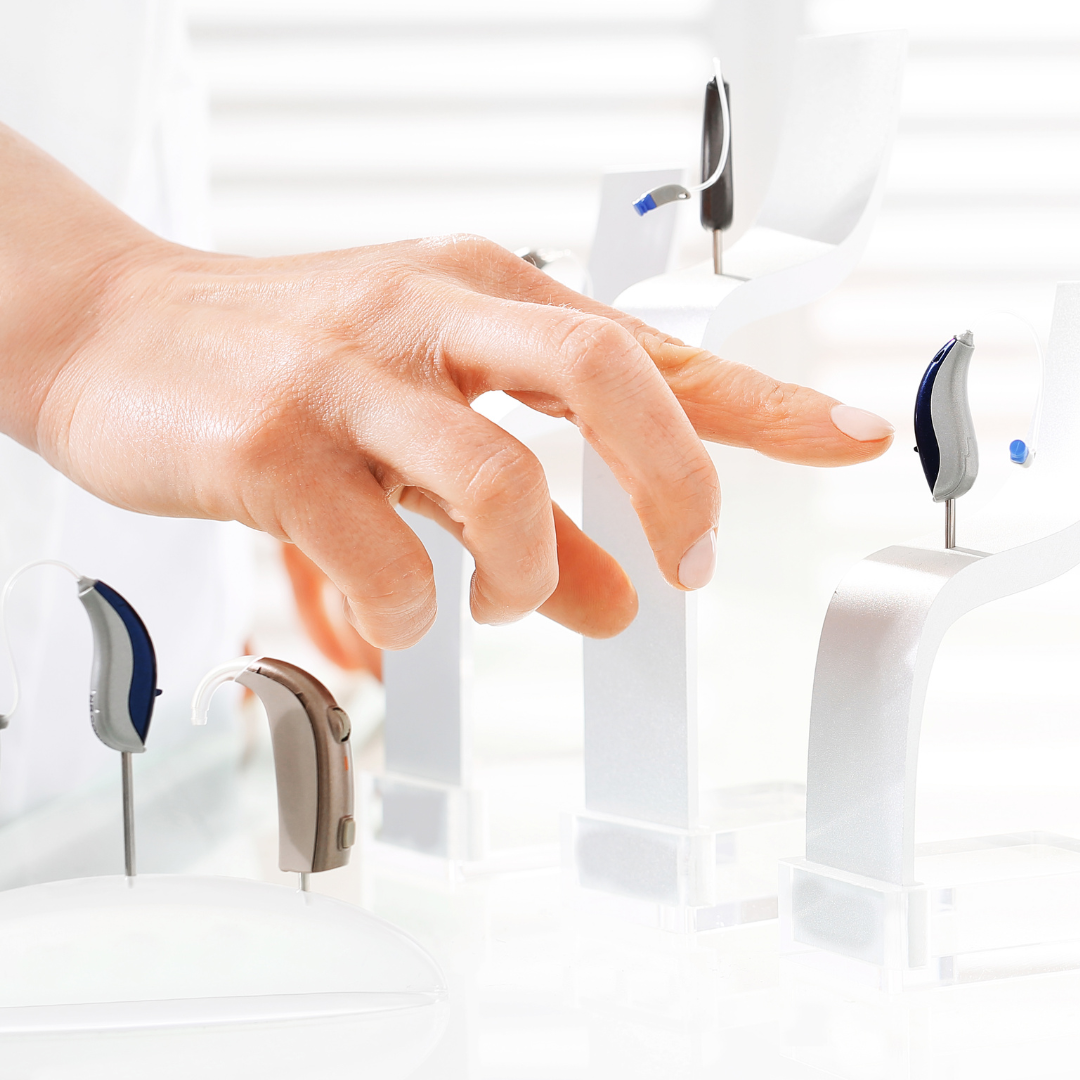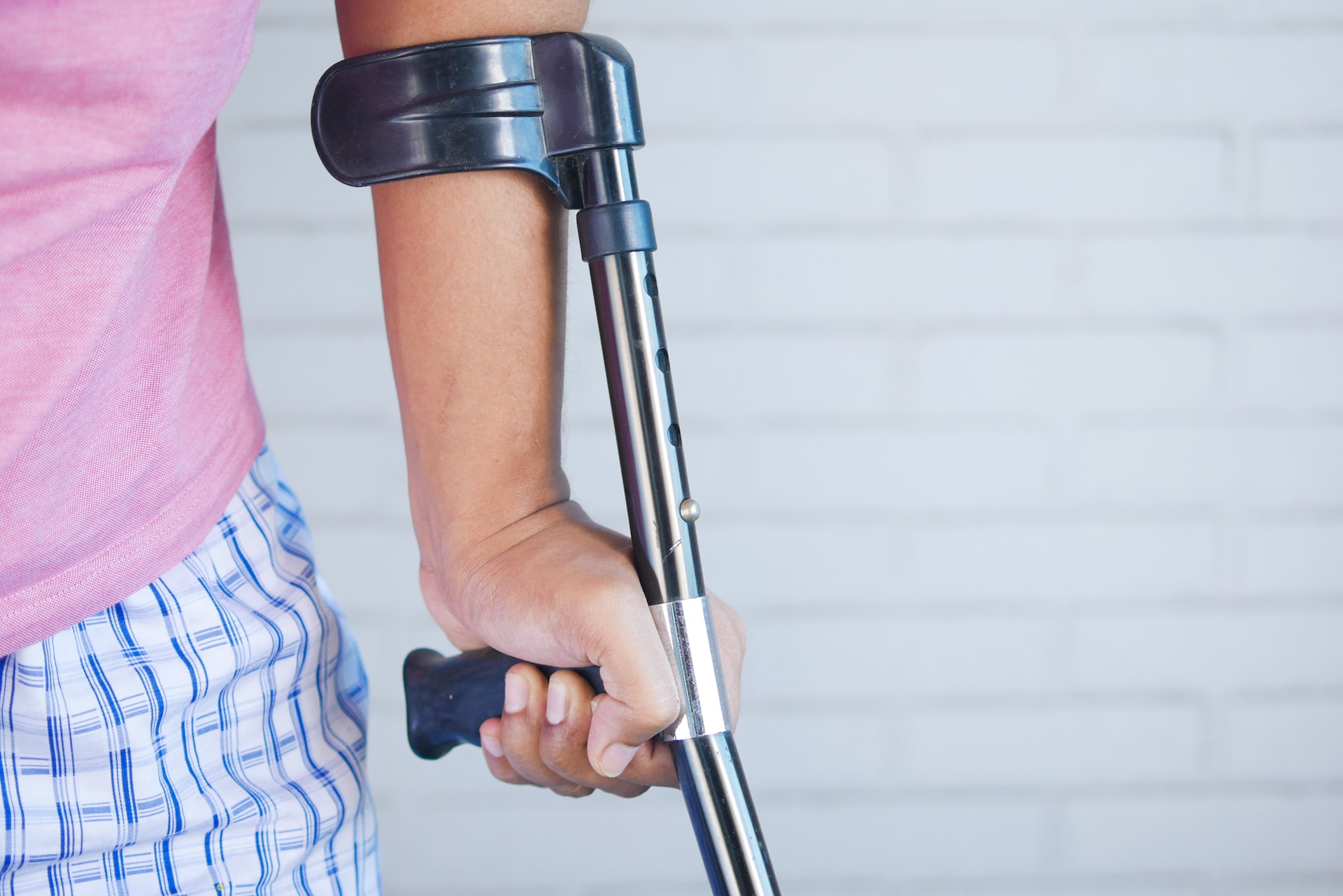What Type of Hearing Aid is Right for You?
If you’ve recently made the choice to acquire a hearing aid, good for you! There are much great hearing aids out there in a variety of styles, sizes, and other options to suit any particular need and restore your hearing. Hearing aids are easy to install, totally painless, and generally comfortable, and don’t require a ton of maintenance. They’re an easy choice for those who wish to restore their hearing.
Speaking to your audiologist to determine which type of hearing aid you need is a good rule of thumb. If you’re curious about the best hearing aids for your money, there are lots of great guides around to help you determine which one is your best choice.
First, you need to know about the three main types of hearing aids and how they work.
The first is the BTE or OTE, the behind-the-ear or outside-the-ear hearing aid. These fit comfortably behind the ear and are generally quite visible. They amplify and process the sound, bringing it to your ear via the receiver tube. These very commonly used hearing aids are suitable for adults and children alike. Some people dislike these types because they are so clearly visible and bigger than other types, but many people prefer them.
The second type of hearing aid is the ITE, or inside-the-ear device. These are very similar to the BTE, but they are worn just inside the outer ear. They can still be somewhat visible, but they are more comfortable to wear and can be hidden by the hair. These are another very common type of hearing device that is generally worn by adults, but sometimes okay for kids.
The third type is the ITC, or inside-the-canal hearing aid. These are much smaller than the other two types and are worn inside the ear canal, making them virtually invisible. Many people prefer these because they are very comfortable and cannot be seen by others. However, due to their very small size and placement, they can be harder to manage and can be easily lost.
All three of these types of hearing aids come in a host of different brands, styles, and price points. It’s a good idea to read reviews online and learn about each type and the brands offered so you can make an educated decision.
Which type of hearing aid is best for your unique circumstances is totally up to you. All three are good for people dealing with mild to severe hearing loss and all types can be installed easily and painlessly. In some cases, insurance may cover it, but if not, speak to your doctor about payment options.
If you think a hearing aid is right for you, make an appointment today with your local hearing center it will administer a hearing test and screen to diagnose your hearing loss and help you choose the right hearing aid for you today. Hearing aids can partially restore your hearing and help your quality of life so much for the better, so why not invest in one?












